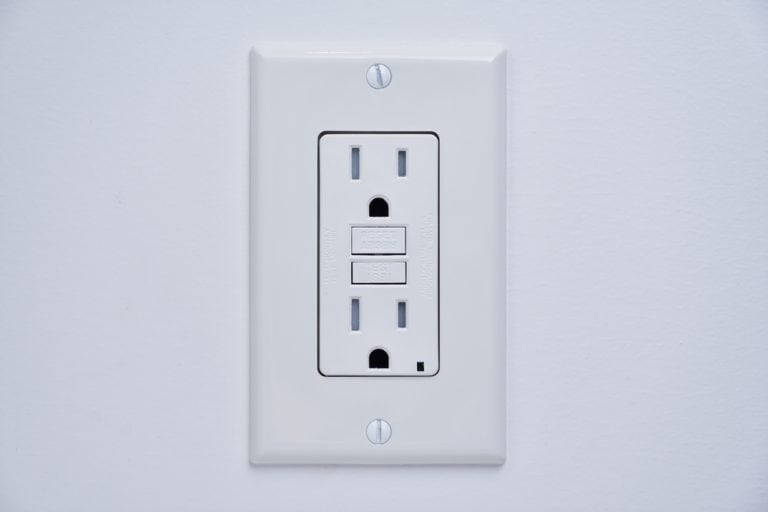Maintaining Your Hose Bib: Tips for Smooth Operation and Water Safety

A Ground Fault Circuit Interrupter (GFCI) is a safety device designed to make your home safer by protecting you from electrical shocks. It’s a seemingly simple component but functions using complex electronic mechanisms to monitor electrical currents and prevent dangerous accidents.
How Does a GFCI Work?
Electricity flows through a circuit much like water through a pipe. A GFCI compares the electrical current flowing into a circuit with the current leaving the circuit:
- Normal Operation: The current entering and exiting the circuit should match exactly.
- When a Ground Fault Occurs: If there’s a slight imbalance, it indicates a “leak” — often caused by electricity grounding (possibly through a person). The GFCI immediately disconnects the circuit, cutting power before serious harm can occur.
The term “ground fault” refers to electricity unintentionally “grounding” where it shouldn’t. For example, if an appliance like a hair dryer falls into water, the electric current may take a path through water–and possibly through a person–to reach the ground. A GFCI detects this fault and shuts off power within milliseconds, preventing injury or electrocution.

Why Isn’t a Circuit Breaker or Fuse Enough?
- Circuit Breakers and Fuses:
These devices are designed to prevent overloads that can overheat wires and cause fires. A typical circuit breaker allows up to 15 amps of electricity to flow before it trips. However:- 15 amps of current can’t detect small leaks. This is enough electricity to light more than 15 100-watt bulbs—more than enough to kill a person.
- GFCIs:
A GFCI, on the other hand, is designed to detect current leakage as small as 4 to 6 milliamps—a fraction of the current that can be deadly. It trips the circuit long before you could be seriously harmed.

How to Test a GFCI
-
GFCI outlets include test and reset buttons and should be checked periodically to ensure they’re operating properly:
- Plug a Lamp into the Outlet:
- Confirm the lamp is working and powered on.
- Push the Test Button:
- The GFCI should trip automatically, cutting power to the outlet and turning the lamp off.
- Push the Reset Button:
- This restores power to the outlet and should turn the lamp back on.
If the lamp does not turn off when the test button is pressed, the GFCI may be malfunctioning and should be replaced immediately.
- Plug a Lamp into the Outlet:

Where Should GFCIs Be Used?
GFCIs are most important in areas where water and electricity are in close proximity, such as:
- Bathrooms
- Kitchens
- Garages
- Outdoor outlets
- Basements
- Around pools or hot tubs
These devices have saved countless lives since their introduction and are a critical addition to any modern home for protecting against electrical shocks.

Summary on GFCI

- A GFCI monitors current flow and trips the circuit if it detects even a tiny imbalance, protecting you from serious electrical shock.
- While circuit breakers and fuses prevent overheating and fires, they are not sensitive enough to protect people from small leaks of current.
- Regularly test your GFCIs to ensure they’re functioning properly and replace them if they fail.
- Install GFCIs in any location where electricity and water are nearby to maximize safety.
By using GFCIs, you’re not just following electrical code—you’re taking a proactive step to ensure your family’s safety.